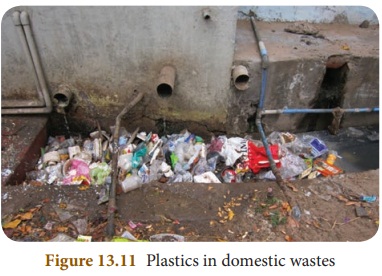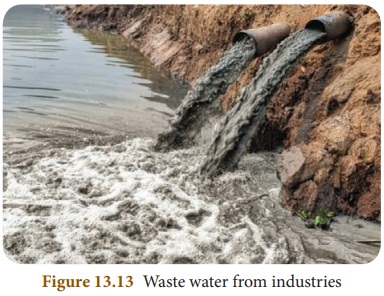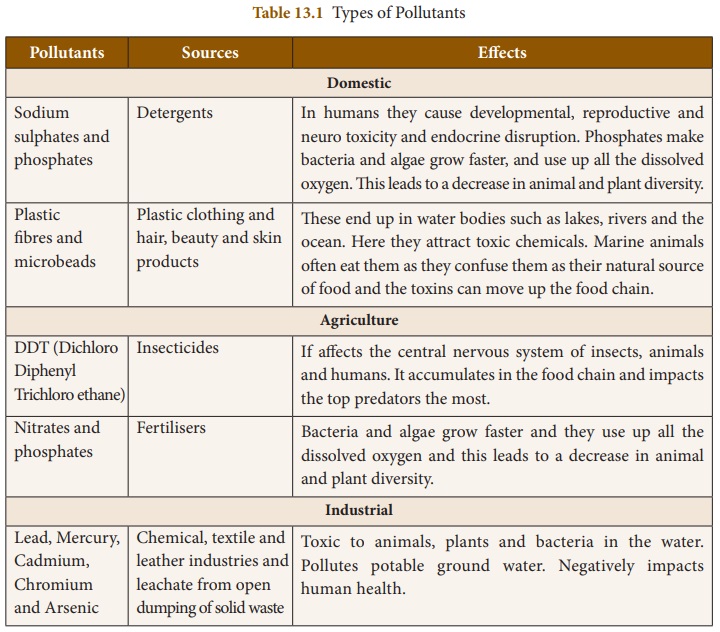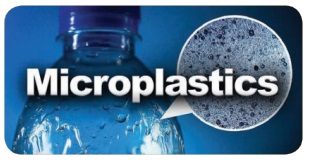Water | Chapter 13 | 8th Science - Water Pollution | 8th Science : Chapter 13 : Water
Chapter: 8th Science : Chapter 13 : Water
Water Pollution
Water Pollution
Contamination of water bodies as a
result of human activities is known as water pollution. Contamination of water
bodies occur when harmful substances such as chemicals, sewage and waste are
released into them. It produces physical, chemical and biological change in the
quality of water. It degrades the water quality and renders it toxic to living
organisms. Drinking polluted water has serious negative effects on human
health.

1. Water Resource in
Tamil Nadu
Fresh water resources are the
sources of water that are useful to society for domestic, agricultural or
industrial uses. These include surface and groundwater. Examples of surface
water include rivers, reservoirs, lakes and tanks. There are 17 major river
basins in Tamil Nadu with 61 reservoirs and approximately 41,948 tanks. Lakes
and tanks are traditionally used in Tamil Nadu to collect rainfall during the
monsoon which can be used throughout the year. Groundwater sources are called
aquifers. Aquifers are layers below the ground made of coarse sand and gravel
that contain spaces allowing rainwater collection. The use of groundwater is
possible through open wells and bore wells.
About 90% of the
available surface water has already been tapped mainly for agriculture and
irrigation.
2. Sources of water
pollution
When you look around you can see
polluted water bodies in your surroundings. You can see lot of unwanted and
harmful substances such as waste and sewage thrown into them. These substances
are called pollutants. These pollutants are released by various activities from
different sources. In general, sources of water pollution are classified as
natural sources and man-made sources. Some of the sources of water pollution
are explained below.
a. Household detergents
Household and cleaning detergents
are a major cause of water pollution. Synthetic (non-biodegradable) detergents
have chemicals that do not break down and can end up polluting both surface and
groundwater. Excessive use of detergents adversely affects fish and other
organisms. Some shampoo, face wash, shower gel and toothpaste have small round
pieces of plastic added to them. These are called microbeads. They are added
for different reasons like scrubing and cleaning your skin, polishing your
teeth etc. When we use products with microbeads, they go down our drain and
pollute water bodies. Fish and other animals feed them by accident and get
sick.
Activity 7
Take a shampoo, shower
gel or other product you think might have micro-beads in it. Mix two
tablespoons of this in a glass of water and stir it well. Pour the water in a
black t-shirt filtering the micro-beads out.

b. Domestic Sewage
Wastewater that is disposed of from
households is known as domestic sewage. Domestic sewage should be treated
before being disposed of into water bodies like river, lake, etc. Untreated
sewage contains impurities such as organic matter from food waste, toxic
chemicals from household products and it may also contain disease-causing
microbes.
The largest source of
wate pollution in India is untreated sewage. On an average, a person uses 135
litres of water per day for washing clothes, cooking, bathing, etc.

c. Domestic waste and plastics
Solid waste including plastics are
disposed of or end up in water bodies such as lakes, rivers and the ocean.
Plastics block drains spreading vector borne diseases such as malaria and dengue.
Waste in water bodies, negatively impact aquatic life.

Plastic sheets are used
inagriculture to grow vegetables. At the end of the season, these plastic
sheets are ploughed back into thesoil. The plastic sheets break into tiny
pieces and get eaten by earth worms, which is harmful to their health and that
of soil.
d. Agricultural activities
Fertilizers, pesticides and
insecticides used in agriculture can dissolve in rainwater and flow into water
bodies such as rivers and lakes. This causes an excess of nutrients such as
nitrates and phosphates as well as toxic chemicals in water bodies. It is
called Eutrophication. These sunstances can also be harmful to aquatic life.

e. Industrial waste
Many industries release toxic wastes
such as lead, mercury, cyanides, cadmium, etc. If this waste is unregulated and
is released into water bodies it has huge impact on humans, plants, animals and
aquatic life.

f. Oil spills
There are large crude oil and
natural gas reserves below the sea bed. With the increasing exploration of
crude oil in the oceans, accidents in drilling and transporting oil have also
increased. Oil spills cause water pollution which is harmful to aquatic life.
The oil which remains floating on the water surface blocks sunshine, reduces
the dissolved oxygen in water and suffocates marine organisms.

g. Thermal pollution
Large amount of water is used for
cooling purposes in thermal and nuclear power plants and many industries. Water
used for cooling purposes is discharged back to a river or to original water
source at a raised temperature and sometimes with chemicals. This causes rise
in temperature and decreases the amount of oxygen dissolved in water, which
adversely affects the aquatic life.
3. Common pollutants
Pollutants are generally classified as
domestic pollutants, agricultural pollutants and industrial pollutants. The
sources and effectsof various water pollutants are shown below in Table 13. 1.

Micro-plastics can be
found in almost every freshwater source. They have been found from the freezing
waters of the Arctic andAntarctic to the bottom of the deep-sea floor upto
5,000 meters deep. Micro-plastics have been found in bottled water and tap
water around the world.

Related Topics